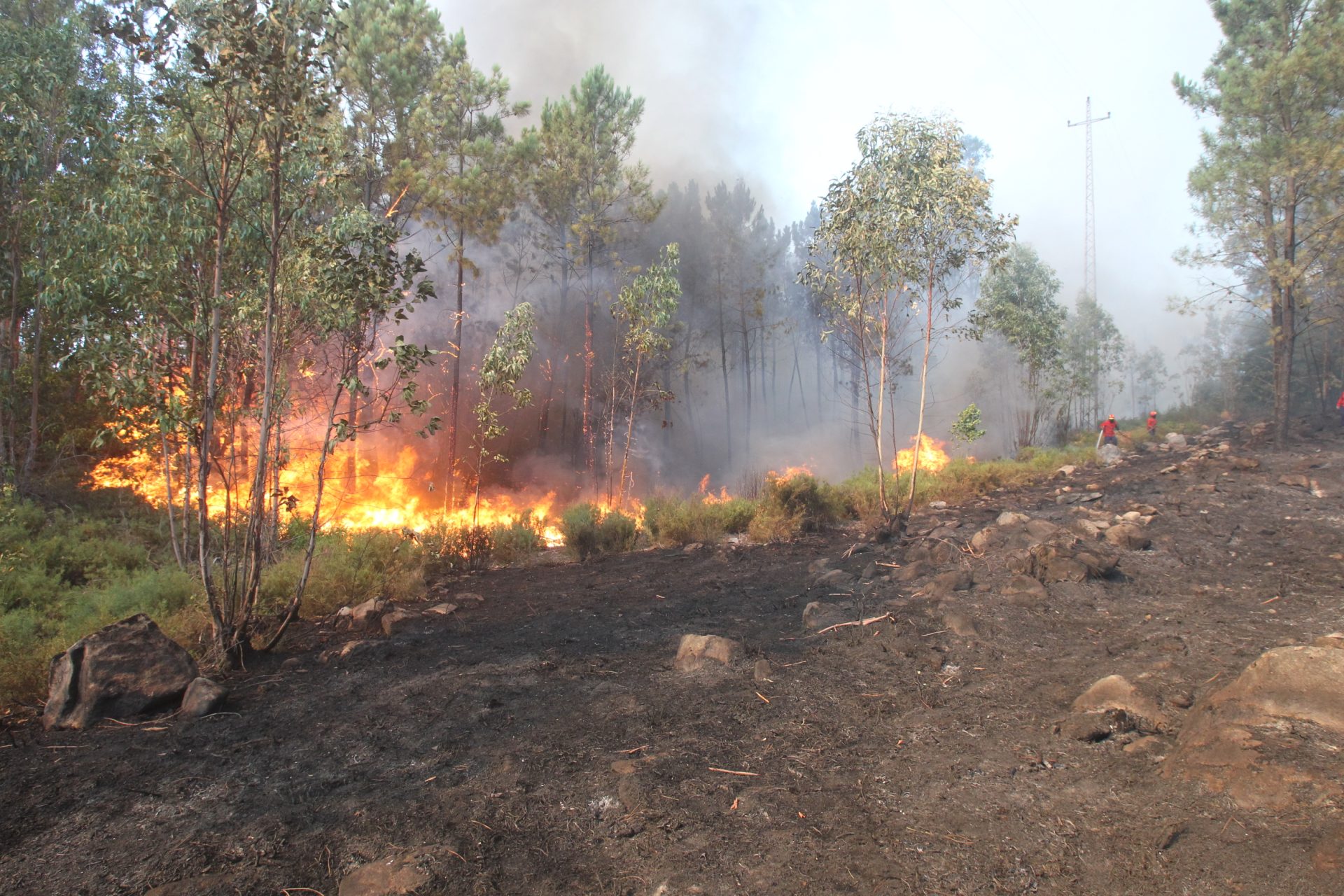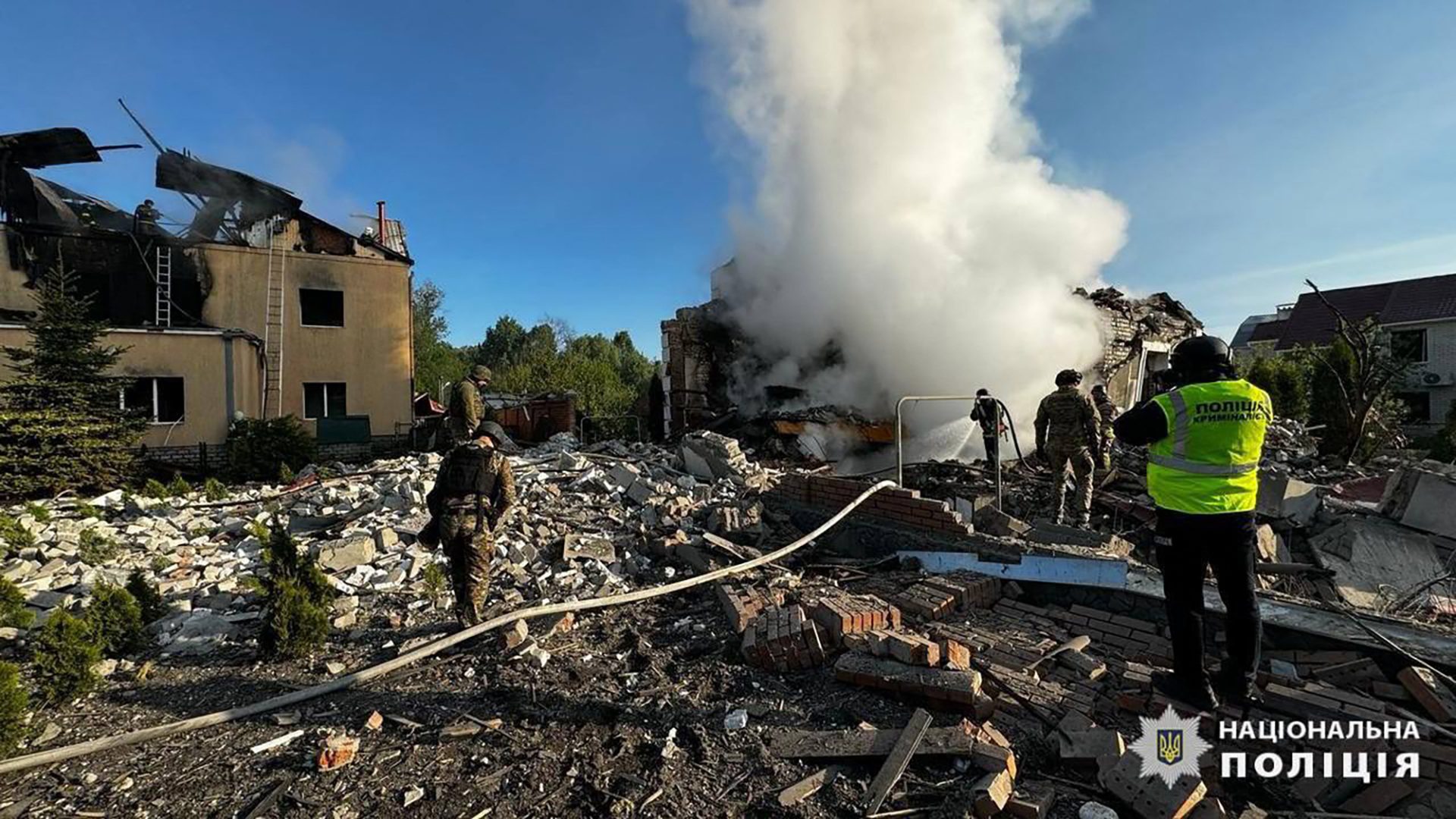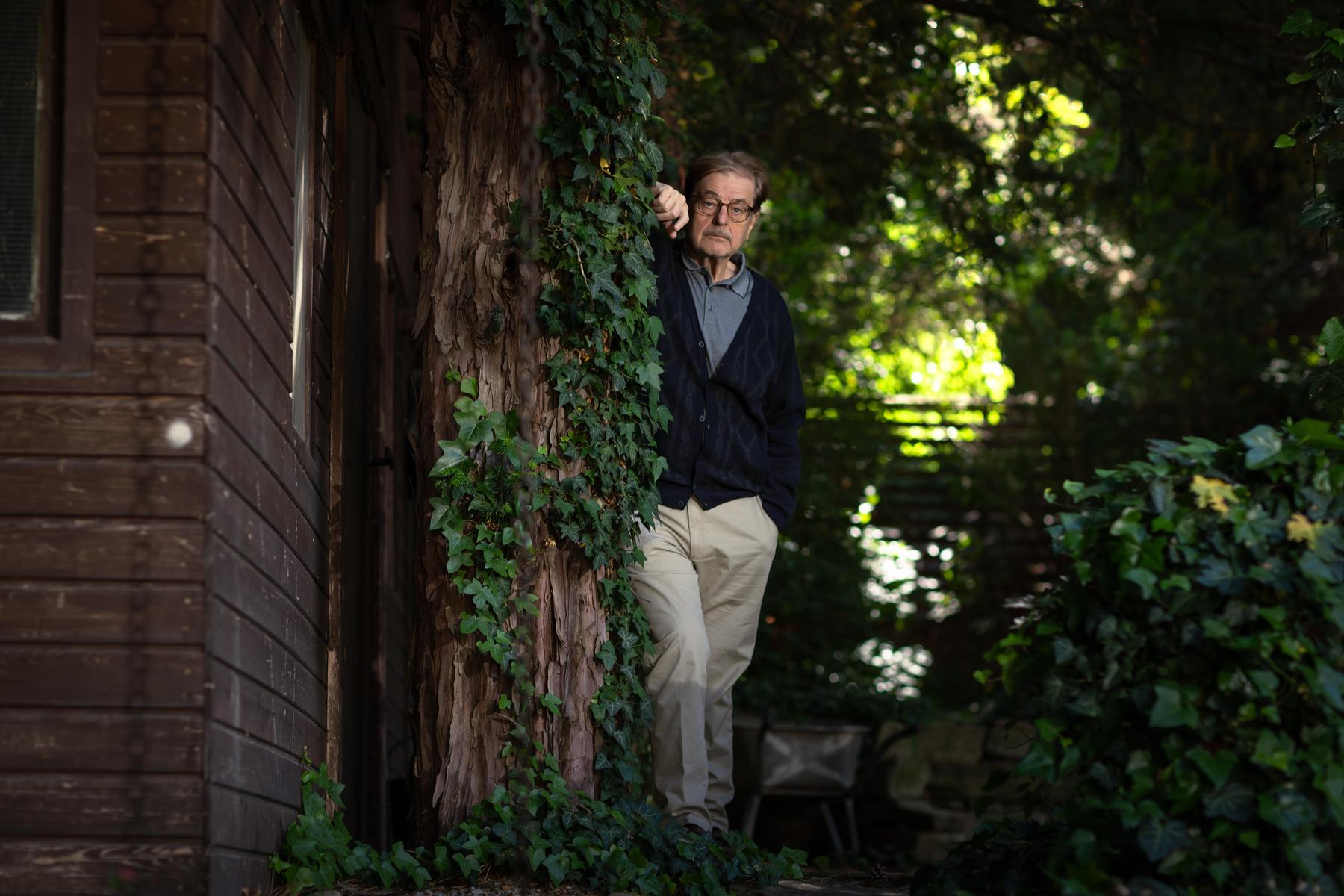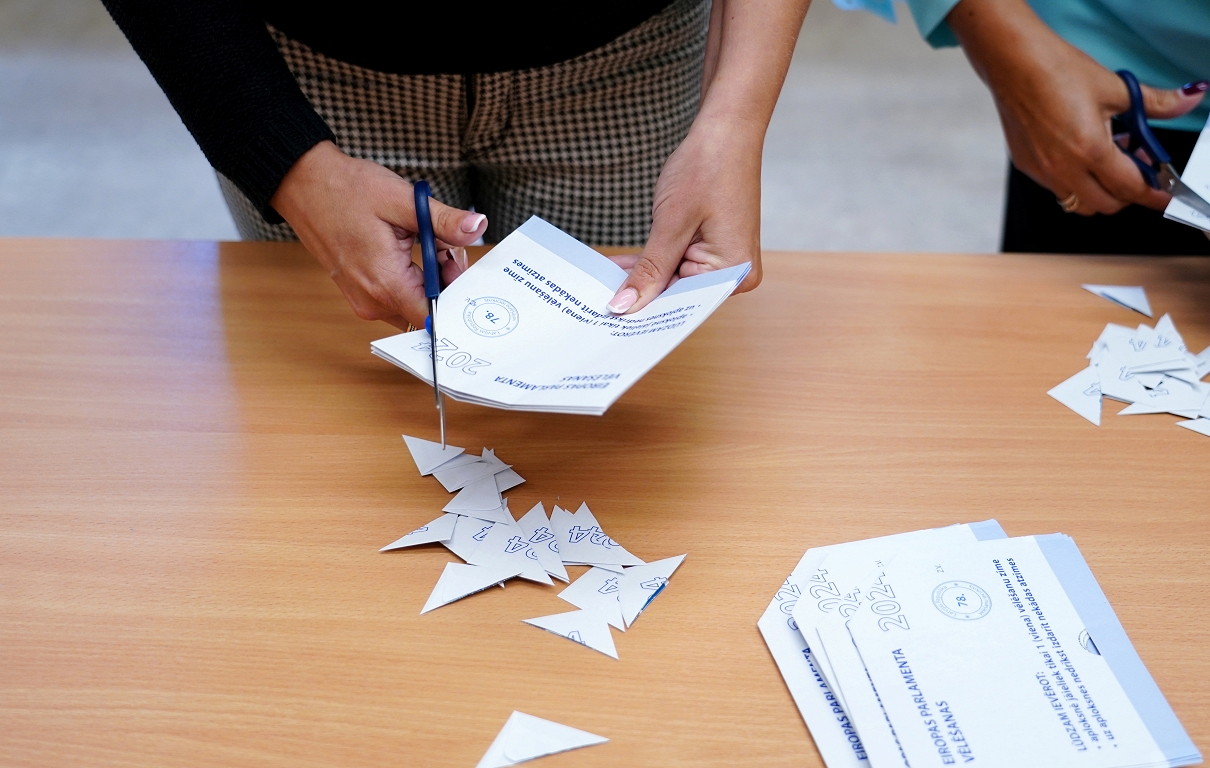Less operational and more air combat in fire fighting

The operational involved in fire fighting will decrease and are expected for the most critical months 11,161, 2,994 less than in 2024. However, the device will have four more air asses, totaling 76.
The means are foreseen in the National Operational Directive (DON) which establishes the Special Rural Fire Fighting Device (DECIR) for this year and will be this Wednesday at the National Civil Protection Commission.
According to the directive, the terrestrial device will have 11,161 operational, 2,293 teams and 2,417 vehicles during the period of greater means of means, between July 1 and September 30, called ‘Delta Level’. These numbers may increase in case of need, as the decir provides for the mobilization of additional means to respond to more serious situations.
In this situation, the number of elements in combat can exceed 15,000, a reinforcement that is made mainly with volunteer firefighters. The directive provides that they can be mobilized within 24 hours plus 3,863 operational, 279 teams and 999 vehicles.
Last year, the number of operational operations involved in the fight against the fire between July and September was the 14,155 elements, 3,162 teams and 3,173 vehicles. This year there will be 2,994 operational, less 869 teams and 756 teams.
Comparing this year’s DON with that of 2024 it appears that the reduction of operational is the reduction of GNR elements and the Special Civil Protection Force, and not to be accounted for this year as a means of combating the Watchtower of the Republican National Guard’s responsibility, the structure of PSP and the means of surveillance of the fire.
The directive that will be approved today does not specify the total air media, but, according to the Lusa Agency, aircraft can reach 76, four more than in 2024.
Of the total of the operations involved, the largest number belongs to firefighters (8,148), of which 3,799 are from the Permanent Intervention teams, followed by the Institute of Nature Conservation and Forests (2,248), GNR (449) and the Special Civil Protection Force (74), according to Don.
DON defines the means and establishes the architecture of the steering, command and control structure of the integrated system of protection and relief operations. It also establishes the way the institutional coordination, regulation, articulation and optimization of the forces and organisms that integrate the system is ensured.








